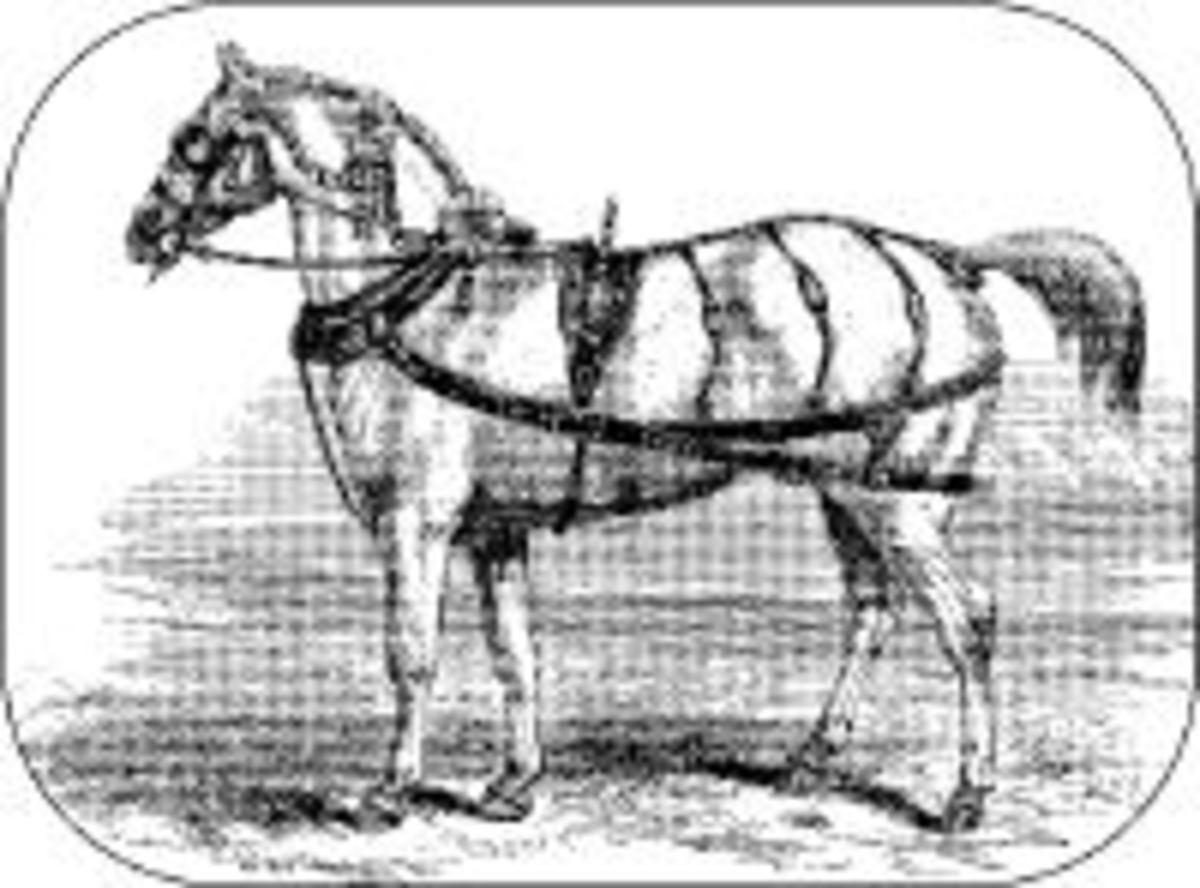Home > Horse World > The Rag and Bone Man
The Rag and Bone Man
- March 10, 2017
- ⎯ Jayne Pedigo Wilson
It’s sometimes amazing to think, as we sit here in the 21st Century surrounded by the trappings of the Information Age, that within living memory horse-drawn vehicles were in daily use by tradesmen of all sorts. I’m not talking about the stunning draft hitches you see in beer commercials and at shows nowawdays. I’m talking about everyday tradesmen and their everyday horses, or “vanners” — the milkman, the coalman, the rag and bone man.
“The what?” I hear you ask. A rag and bone man was, quite simply, a junk
man. In England, the rag and bone man was sort of a heavy trash pick-up man, picking up items of trash not accepted by the regular bin-men. I don’t even know if they exist today, but back in the burgeoning town that I grew up in, right on the Middlesex/Surrey border, just a couple of miles from London’s Heathrow Airport, we had our own rag and bone man. And back in the mid-1960’s he held a great interest for me.
Every Saturday morning he come to our neighborhood and I was always in the
front garden waiting, even before he turned down our road. Why would I be
so excited about a visit by the rag and bone man? You guessed it — his pick-up was not the motorized kind you might be thinking of, he came round the neighborhoods with his horse and cart!
He could be heard long before he arrived, calling out “Rag and Bone!” and “Any old iron!” as he criss-crossed back and forth through the suburban streets. In the nature of most street and market vendors, he called with an almost unintelligible, sing-song tone — “eh o’l eye-n?!” (to the point where it was at least a couple of years before I realized what he was actually saying)

As soon as I heard his calls in the distance, I headed out to the street to catch a glimpse of Queenie. Queenie looms large in my memory as the first horse with whom I had any direct contact. As soon as I could hear the clip-clop, clip-clop of Queenie’s iron-shod hooves as she turned down our road, I was running to meet her.
Queenie wasn’t a beautiful horse. Pure white, and definitely aged, she was just the ordinary vanner type, with a “bit o’ the gypsy” about her (especially round her feathered feet and whiskered jaw).
But to me, a pony-mad pre-teen at the time, she was the answer to my prayers
— a living, breathing horse that I could reach out and touch. The rag and bone man was quite accomodating, allowing me to walk along beside Queenie with my hand on her shoulder, stopping every now and then to allow the residents to pitch heavy trash items, such as old mattresses, armchairs which had seen better days and broken baby carriages, onto the flat bed of his gaily painted, but somewhat grubby, cart.
Queenie lived in a rather ramshackle, but comfortable stable down by the railway station. Going over the railway bridge into town, she could often be seen grazing on the half-acre patch of grass beside the stable. No fence, no tethering — she and her stable-mate peacefully grazed each afternoon, having completed rounds. To my knowledge, they never wandered off. On the only patch of green within walking distance of the station, they knew where the life was good!
One day, a small paragraph in the newspaper announced Queenie’s passing, and the end of an era. From that day on, the rag and bone man did his rounds in a lorry with a flat bed. Probably way more efficient from his point of view, but somehow not as romantic.
Even now, I sometimes hear that call — “eh o’l eye-n?!” — and think about Queenie. That’s what prompted me to write this article….





